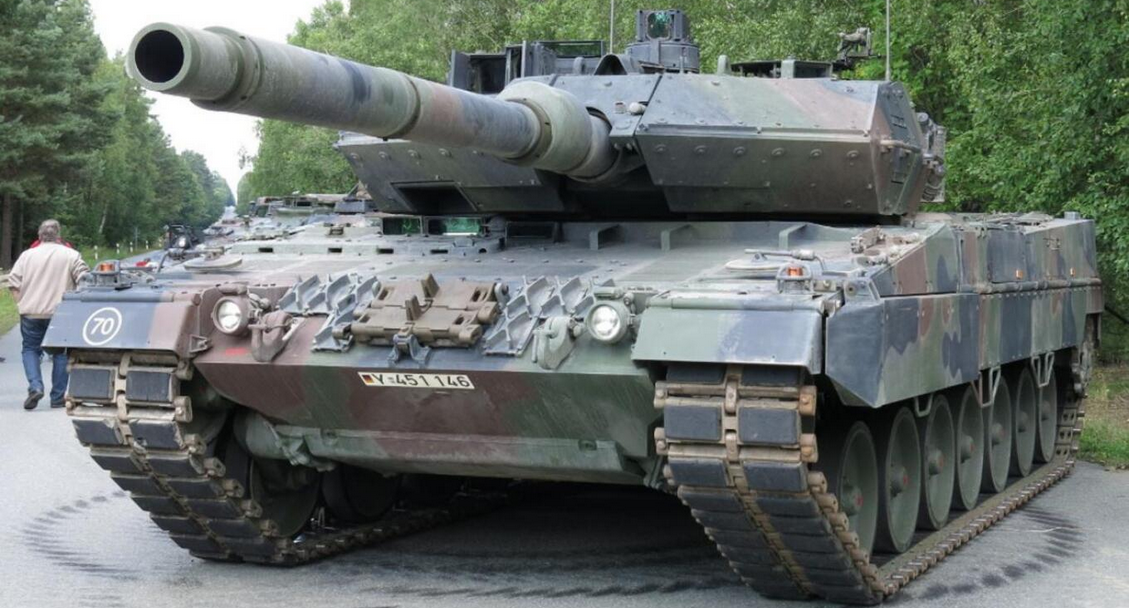Russia says it knows what caused the failure of its first moon shot in nearly 50 years.
The Luna-25 lander — the first Soviet or Russian moon probe since Luna-24 in 1976 — crashed into the moon on Aug. 19, during a maneuver designed to set up a touchdown attempt near the lunar south pole two days later.
Officials with Roscosmos, Russia’s federal space agency, announced a proximate cause for the mishap shortly thereafter: Luna-25’s engines fired for 127 seconds during the burn instead of the scheduled 84.
Now, a likely ultimate cause has come into view. It turns out that an onboard control unit failed to turn the engines off because it wasn’t receiving the necessary data from one of Luna-25’s accelerometers, devices used to detect and measure motion. The accelerometer unit was not turned on, “due to the possible entry into one data array of commands with different priorities for their execution by the device,” Roscosmos wrote in a Telegram post on Tuesday (Oct. 3). (The post is in Russian; translation by Google.)
“This did not allow, when issuing a corrective pulse, to record the moment the required speed was reached and to timely turn off the spacecraft propulsion system, as a result of which its shutdown occurred according to a temporary setting,” the post added.
more at space.com




































